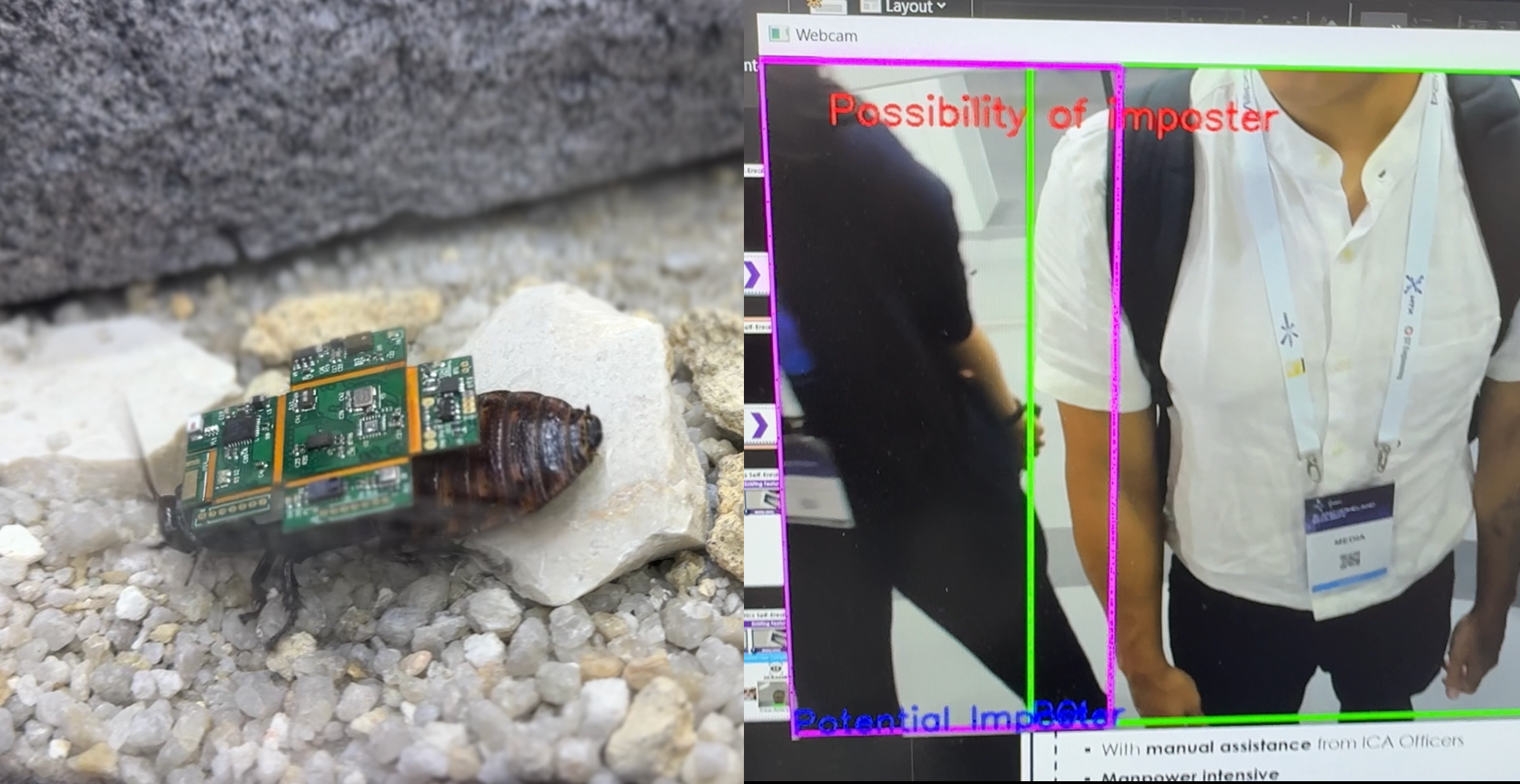What do a cockroach, a dog, and a spider have in common?
Trick question. These aren’t animals — they’re robots, designed by HTX to save and safeguard lives.
As Home Team’s science and technology agency, its mission is to develop technologies to keep Singapore safe.
But what exactly do these technologies look like? We went down to the HTX Pavilion at the Milipol Asia Pacific-TechX Summit 2024 to find out.
Cool robots
Think cockroaches are pests? Hold that thought.
These miniature insect-hybrid robots are the future of disaster relief.
 Gif by Ilyda Chua
Gif by Ilyda Chua
And yes, these are real cockroaches. Madagascar hissing cockroaches to be exact.
Equipped with little infrared camera “backpacks”, the hardy little creatures are envisioned to be deployed in difficult-to-access disaster sites — earthquake rubble, for instance.
Their infrared cameras can then detect human heat signatures, paving the way for rescue attempts.
Not only that, the cockroaches’ movement can also be controlled by sending electrical signals into their neuromuscular sites.
“So this is a remote-controlled cockroach?” I ask.
“Uh...we prefer insect-hybrid robot,” the HTX officer tells me.
Yeah. It’s a remote-controlled cockroach.
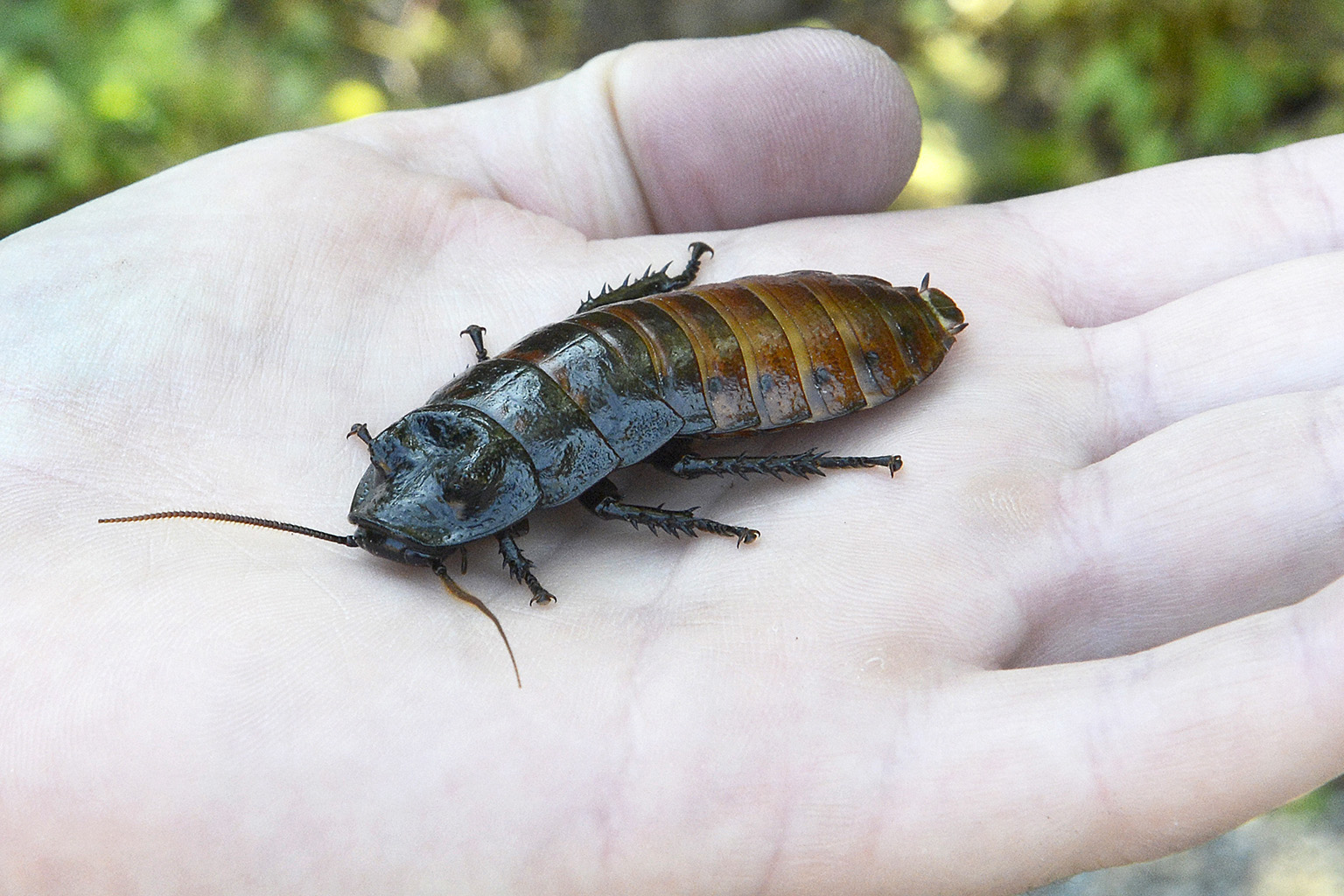 Picture this, but as a cyborg. Photo from Maryland Zoo
Picture this, but as a cyborg. Photo from Maryland Zoo
Apart from cockroaches, HTX has also developed a number of other robots.
There’s Spyder, a robot that quietly climbs the hulls of ships to help Home Team officers tackle illicit marine activities, like those involving drugs or pirates.
 Photo from HTX
Photo from HTX
And there’s Rover-X, a robotic dog that can assist with search and rescue operations on uneven terrain or in dangerous environments with chemical leaks.
 Photo from HTX
Photo from HTX
Meanwhile, my real-life dog at home needs a raincoat if it so much as drizzles.
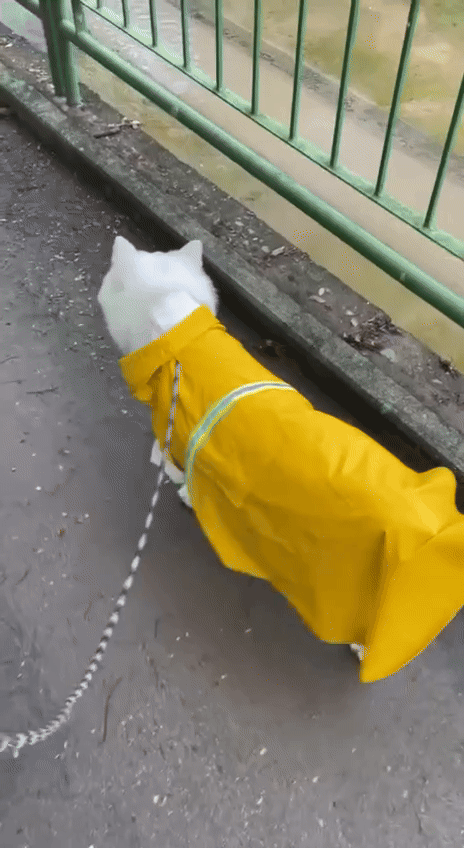 Gif by Ilyda Chua
Gif by Ilyda Chua
Not nearly as useful as the Rover-X. At least he’s cute.
Deepfake detection
A couple months ago, a video went viral in China.
It was of American pop icon Taylor Swift, apparently speaking fluent Mandarin on a late-night talk show.
Perfectly realistic to the untrained eye, it turned out to be a product of Chinese AI startup HeyGen, according to The China Project.
Deepfake technology is frightening. It can be used in scams, misinformation campaigns, and synthetic pornography.
Enter HTX’s AlchemiX deepfake detection software.Using AI, it’s able to identify if an audio or video file is a deepfake through tiny little signs that might not be immediately noticeable.
I ask Ong Si Ci, one of the engineers working on the project, if she can share with me an example of such a sign.
“Some of the common telltale signs are for example temporal inconsistencies — like flickering in the lighting of the person’s face.
Or if the mouth region is a bit more blurred compared to the rest of the video, that might be a lip sync.”
She shows me how AlchemiX can expose a deepfake video of American announcer Anderson Cooper. Whenever the software catches an inconsistency, a tiny red border surrounds the announcer’s digital face, declaring it to be fake.
I go home and re-watch the video multiple times. I still can’t figure it out.
Barrier-free airport
Confession: airports make me nervous.
For some reason, fingerprint scanners never work for me. And I have a terror of failing to get through the gantry, holding up the line for a bunch of angry travellers, and having everyone yell at me as they all miss their flights.
Changi Airport’s switch to iris and facial biometrics was kind of a lifesaver.
But HTX’s latest project could make immigration clearance even easier than tapping your EZ-Link card.
“Identification on the Move” is essentially a barrier-free car park entrance, but for humans.
You don’t have to stop and scan anything: neither your passport nor your fingerprints. All you have to do is look straight ahead and walk.
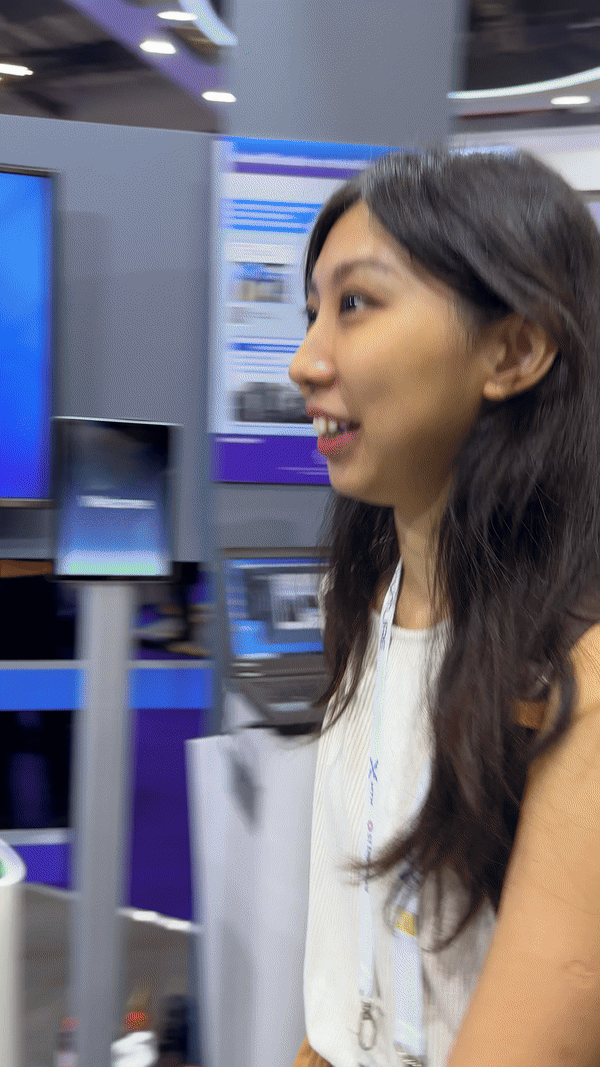 Took me a few tries to get familiar with the new “Walk-Look-Clear” clearance process. Video by Garey Gan
Took me a few tries to get familiar with the new “Walk-Look-Clear” clearance process. Video by Garey Gan
“But, Ilyda,” you might say, “that’s so stupid. The whole point of airport clearance is to stop bad guys from going through. How to do that if there aren’t any barriers?”
That’s where the gantry comes in.
If the system detects an unregistered person, the gantry doors come down, locking the person out.
It’ll also activate in certain scenarios: like if someone is trying to tailgate or dash through, or is wearing obscuring clothing like sunglasses or a face mask.
Of course, I had to test it out.
 Video by Garey Gan
Video by Garey Gan
Yup. Definitely not getting through.
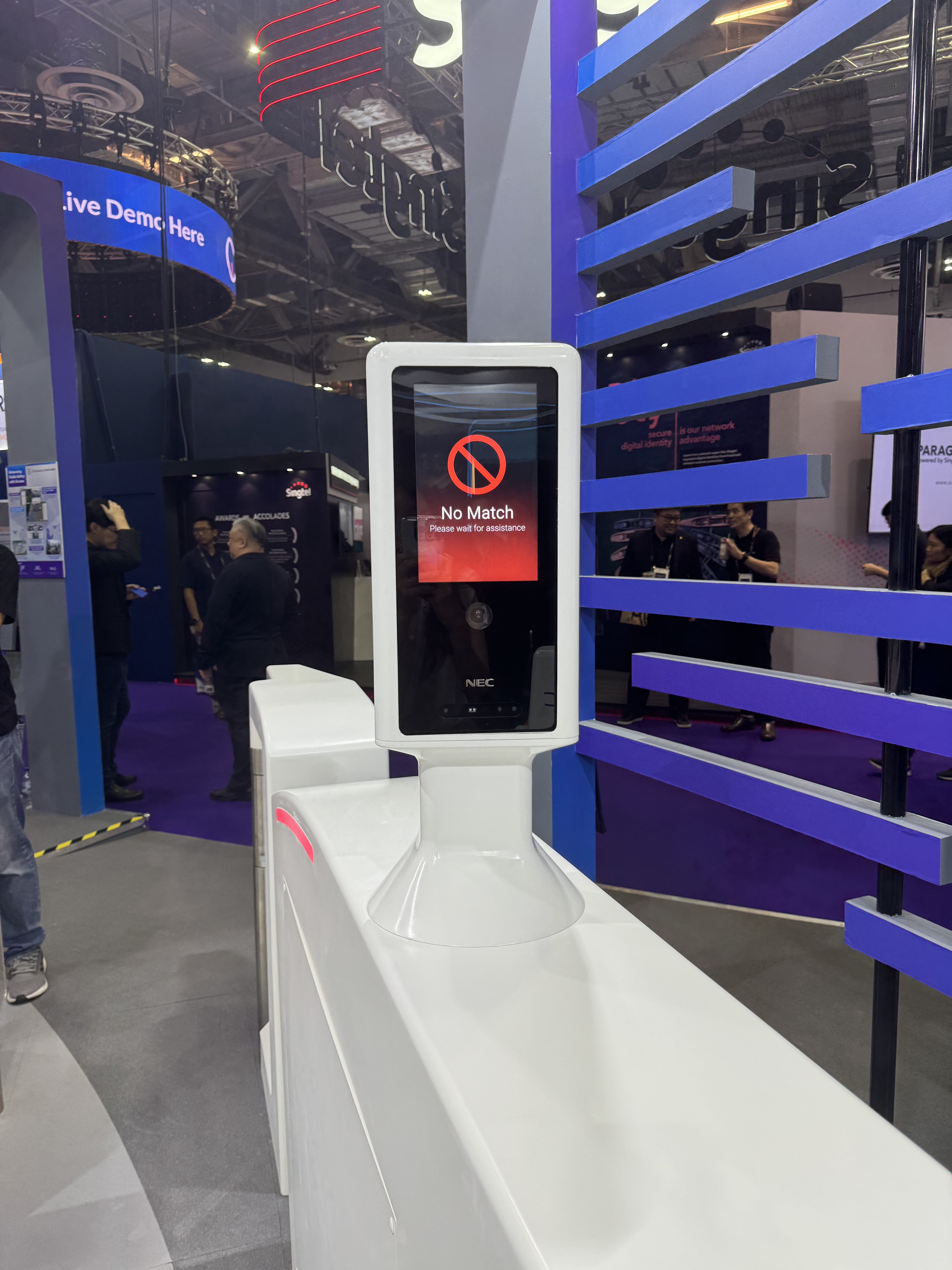 Photo by Ilyda Chua
Photo by Ilyda Chua
Keeping Singapore safe
With safety, it’s often a cat-and-mouse game.
Scams and deepfakes are continually evolving. And even Singapore is not immune to the effects of global geopolitical tensions and instability.
As threats grow in depth and complexity, we can’t afford to rest on our laurels.
HTX’s innovations are cool. But more than that, they’re important — to keep Singapore and Singaporeans safe, whether it’s from crime, accidents, disaster, or conflict.
Watch the innovations in action:
Writing this HTX-sponsored article made this writer feel like she’s living in 2034.
Top photo by Mothership
If you like what you read, follow us on Facebook, Instagram, Twitter and Telegram to get the latest updates.

